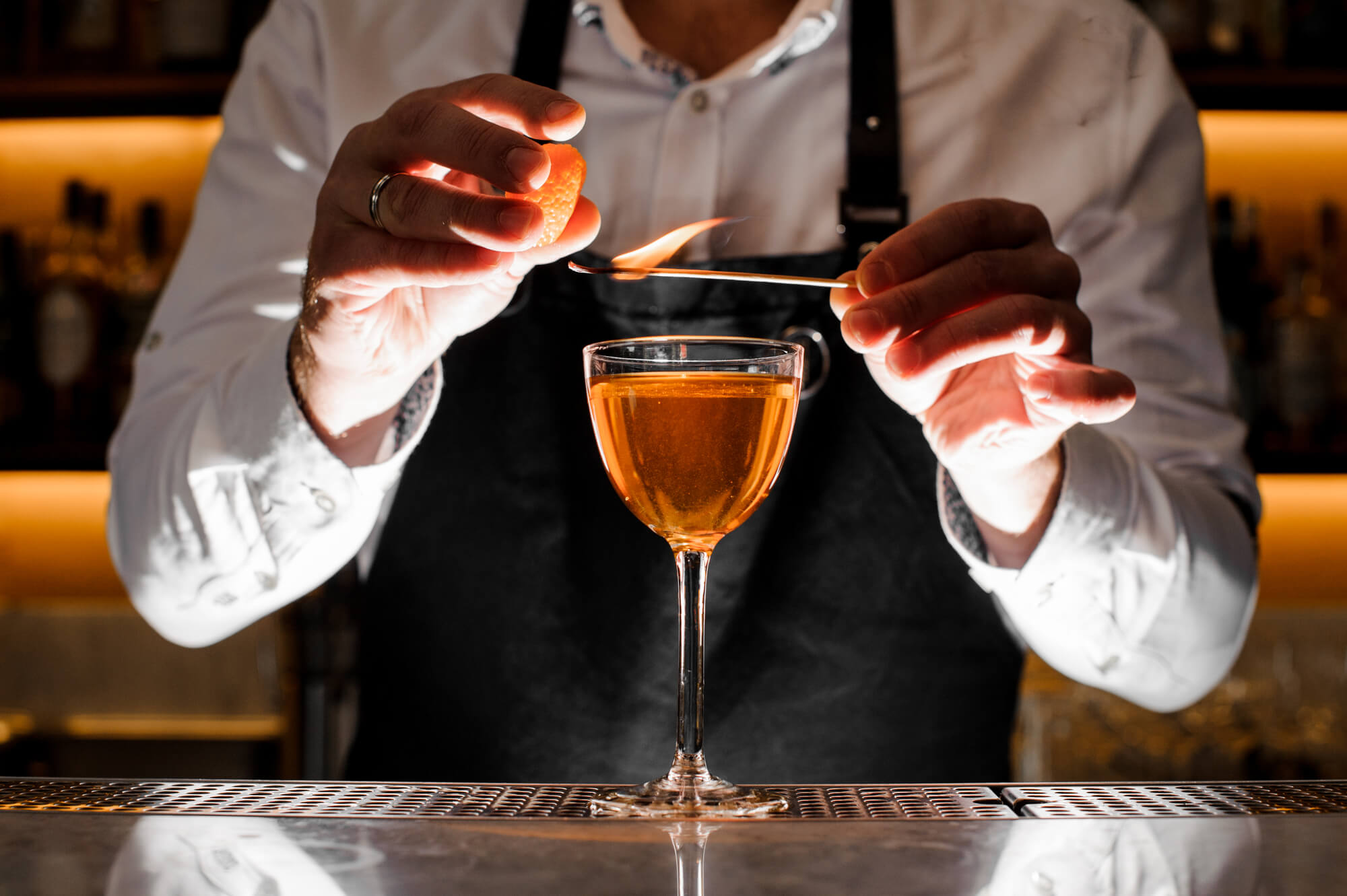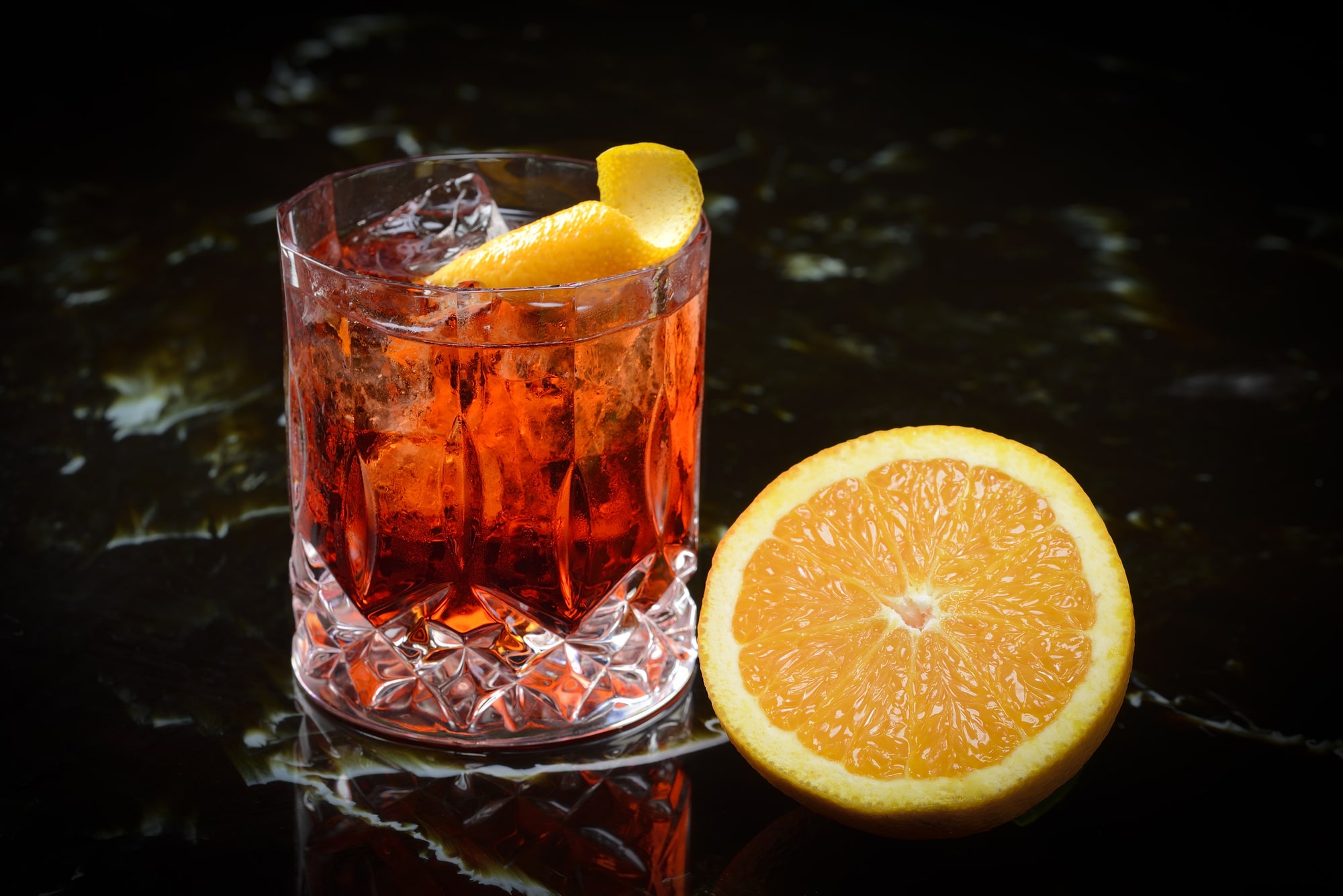The world of mixology is a vast and ever-evolving landscape, where creativity and experimentation reign supreme. One of the most fundamental aspects of mixology is the art of recipe creation, and a popular approach is to organize recipes by ingredients.
This method offers a structured and accessible way to explore the limitless possibilities of cocktail making.
By categorizing ingredients and understanding their unique characteristics, mixologists can develop balanced and flavorful recipes that cater to a wide range of tastes and preferences. This approach empowers home bartenders and professional mixologists alike to unleash their inner creativity and craft exceptional cocktails that leave a lasting impression.
Ingredient-Based Mixology Recipes
Mixology recipes can be organized by ingredients, making it easier to find and create cocktails based on what you have on hand. This approach has several benefits, including:
- Convenience: You can quickly find recipes that use ingredients you already have, saving time and effort.
- Inspiration: Exploring recipes by ingredient can inspire you to create new and unique cocktails.
- Improved technique: Focusing on a specific ingredient allows you to master its flavor profile and develop your mixology skills.
Challenges of Ingredient-Based Mixology
While organizing recipes by ingredients has its advantages, there are also some challenges to consider:
- Limited options: If you don’t have a particular ingredient, you may not be able to make a specific recipe.
- Ingredient availability: Some ingredients may not be readily available, especially if they are seasonal or niche.
- Overlooked flavors: Focusing on specific ingredients can lead you to overlook other potential flavor combinations.
Categorizing Ingredients for Mixology

In the realm of mixology, understanding the diverse range of ingredients is crucial for crafting balanced and flavorful cocktails. These ingredients can be broadly categorized into several distinct groups, each with its unique characteristics and applications.
By comprehending the different categories and their uses, mixologists can navigate the vast array of ingredients and make informed decisions when creating their libations.
Base Spirits
Base spirits form the backbone of most cocktails, providing the primary alcoholic component. They come in various types, including vodka, gin, whiskey, rum, and tequila, each with its distinct flavor profile and alcoholic strength.
Liqueurs
Liqueurs are sweetened, flavored spirits that add complexity and depth to cocktails. They are typically made by infusing spirits with fruits, herbs, spices, or other flavorings. Common liqueurs include triple sec, Cointreau, Grand Marnier, and Campari.
Bitters
Bitters are concentrated, aromatic liquids that add a hint of bitterness and complexity to cocktails. They are made by macerating herbs, spices, or fruits in alcohol. Popular bitters include Angostura bitters, Peychaud’s bitters, and orange bitters.
Juices and Syrups
Juices and syrups provide sweetness, acidity, and fruitiness to cocktails. Fresh fruit juices, such as orange juice, lime juice, and pineapple juice, add natural flavors. Syrups, such as simple syrup, grenadine, and honey syrup, add sweetness and viscosity.
Garnishes
Garnishes are the finishing touch to cocktails, adding visual appeal and enhancing the flavor experience. Common garnishes include citrus peels, olives, cherries, and herbs, such as mint and basil.
Other Ingredients
Beyond these core categories, a wide range of other ingredients can be used in mixology, including:
- Eggs: Add richness and texture to cocktails, as in eggnog and Ramos Gin Fizz.
- Cream: Adds richness and smoothness to cocktails, as in White Russians and Irish Cream.
- Soda water and tonic water: Provide effervescence and dilution to cocktails.
- Herbs and spices: Add aromatic complexity to cocktails, such as rosemary, thyme, and cinnamon.
Recipe Development by Ingredient
Recipe development by ingredient is a systematic approach to creating mixology recipes based on the specific ingredients you have on hand or want to highlight. This method allows you to explore new flavor combinations and create unique cocktails that showcase the nuances of individual ingredients.
To develop recipes by ingredient, start by identifying the key ingredient you want to feature. Consider its flavor profile, texture, and any special characteristics. From there, experiment with different complementary ingredients that will enhance or balance the main ingredient’s flavors.
Choosing Complementary Ingredients
- Consider Flavor Harmonies: Explore flavor pairings that naturally complement the main ingredient, such as citrus fruits with herbs, or sweet fruits with spices.
- Experiment with Contrasting Flavors: Create unexpected flavor combinations by juxtaposing ingredients with contrasting flavors, such as bitter and sweet, or spicy and refreshing.
- Balance Flavors: Ensure your recipe has a balanced flavor profile by incorporating ingredients that provide acidity, sweetness, bitterness, and umami.
Examples of Successful Ingredient-Based Recipes
- The Penicillin: A classic cocktail that features Scotch whisky, lemon juice, honey syrup, and ginger syrup, showcasing the smoky and medicinal flavors of Scotch whisky.
- The Last Word: A refreshing cocktail that combines gin, green Chartreuse, Maraschino liqueur, and lime juice, highlighting the herbal and slightly bitter notes of Chartreuse.
- The Paper Plane: A balanced cocktail that features bourbon, Aperol, Amaro Nonino, and lemon juice, showcasing the complex and bitter-sweet flavors of Aperol and Amaro Nonino.
Advanced Techniques for Ingredient-Based Mixology
Ingredient-based mixology has evolved to incorporate advanced techniques that elevate the flavor profiles and complexity of cocktails. These techniques empower mixologists to extract and manipulate the unique characteristics of each ingredient, creating innovative and unforgettable drinks.
Sous Vide Infusion
Sous vide infusion involves sealing ingredients in a vacuum-sealed bag and submerging them in a precisely controlled water bath. This technique allows for extended extraction times at specific temperatures, resulting in deep and nuanced flavors. For example, infusing vodka with strawberries sous vide at 55°C for 24 hours yields a vibrant, fruity spirit with a subtle floral aroma.
Centrifugation
Centrifugation separates liquids based on their density. In mixology, it is used to clarify cocktails, removing solids and impurities. This technique creates visually stunning drinks with a smooth, velvety texture. For instance, centrifuging a strawberry-basil margarita clarifies the beverage, resulting in a vibrant pink liquid with intense fruit flavors.
Fat Washing
Fat washing involves infusing spirits with fats, such as butter, bacon fat, or coconut oil. The fat binds with aromatic compounds in the spirit, creating rich and flavorful infusions. For example, fat washing bourbon with smoked bacon fat adds a smoky, umami depth to the spirit, perfect for creating Old Fashioneds with a twist.
Cryo-Maceration
Cryo-maceration involves freezing ingredients before macerating them. This technique preserves the delicate flavors and aromas of ingredients, preventing oxidation and preserving their freshness. For example, cryo-macerating pineapple with coconut water creates a refreshing and vibrant infusion, ideal for tropical cocktails.
Molecular Gastronomy Techniques
Molecular gastronomy techniques, such as spherification and emulsification, have found their way into mixology. Spherification creates liquid-filled spheres that burst with flavor when bitten into. Emulsification stabilizes two immiscible liquids, creating smooth and creamy textures. For example, spherifying passion fruit puree creates a vibrant, tangy burst of flavor that elevates any cocktail.
Resources for Ingredient-Based Mixology

Discover a curated list of resources to delve deeper into the realm of ingredient-based mixology. Explore books, websites, and online courses that will guide you through the intricacies of crafting exceptional drinks based on specific ingredients.
Books
- The Flavor Bible by Karen Page and Andrew Dornenburg: An indispensable guide to flavor combinations, offering a comprehensive database of ingredients and their pairings.
- Liquid Intelligence: The Art and Science of the Perfect Cocktail by Dave Arnold: A scientific approach to mixology, exploring the chemistry and techniques behind creating balanced and innovative drinks.
- The Bar Book: Elements of Cocktail Techniques by Jeff Bell: A foundational guide for bartenders, covering essential techniques, equipment, and ingredients.
Websites
- Cocktails & Co.: A comprehensive website featuring a vast collection of cocktail recipes, ingredient guides, and industry news.
- Difford’s Guide: An extensive online encyclopedia of spirits, liqueurs, and cocktail recipes, with a focus on ingredient-based mixology.
- Imb performerbe: An industry-leading magazine and website covering the latest trends in mixology, including in-depth articles on ingredient exploration and cocktail development.
Online Courses
- Coursera: Ingredient-Based Mixology: A comprehensive online course that teaches the fundamentals of ingredient-based mixology, from flavor theory to technique.
- MasterClass: Mixology with Ryan Chetiyawardana and Lynette Marrero: Learn from two world-renowned bartenders as they guide you through the art of creating ingredient-driven drinks.
- Udemy: Ingredient-Based Cocktail Design and Development: A hands-on course that teaches the principles of ingredient selection, flavor matching, and recipe development for ingredient-based mixology.
Last Word
In the realm of mixology, the possibilities are endless when it comes to creating custom cocktails. By embracing the ingredient-based approach, mixologists gain the knowledge and tools to navigate the vast world of flavors and techniques. Whether you’re a seasoned professional or a home enthusiast, understanding the intricacies of ingredient-based mixology will elevate your cocktail-making skills to new heights.
So, gather your ingredients, let your creativity flow, and embark on a journey of mixological discovery.
FAQ
What are the key benefits of organizing mixology recipes by ingredients?
Organizing recipes by ingredients provides several key benefits. It simplifies the recipe development process by allowing mixologists to focus on specific ingredients and their interactions. This approach also promotes a deeper understanding of ingredient characteristics, leading to more balanced and flavorful cocktails.
Additionally, it facilitates the substitution of ingredients based on availability or personal preferences, empowering mixologists to customize recipes with ease.
How can I categorize ingredients for effective mixology?
Categorizing ingredients for mixology is essential for organizing recipes and understanding their roles in cocktail creation. Common ingredient categories include base spirits, liqueurs, modifiers, sweeteners, bitters, and garnishes. Each category possesses unique characteristics that contribute to the overall flavor, balance, and complexity of a cocktail.
By understanding these categories, mixologists can create harmonious and well-rounded drinks.
What are some advanced techniques used in ingredient-based mixology?
Advanced techniques in ingredient-based mixology push the boundaries of cocktail creation. These techniques include sous vide infusion, clarification, spherification, and molecular gastronomy. By employing these methods, mixologists can transform ordinary ingredients into extraordinary elements, creating visually stunning and tastefully innovative cocktails that captivate the senses and leave a lasting impression on guests.
